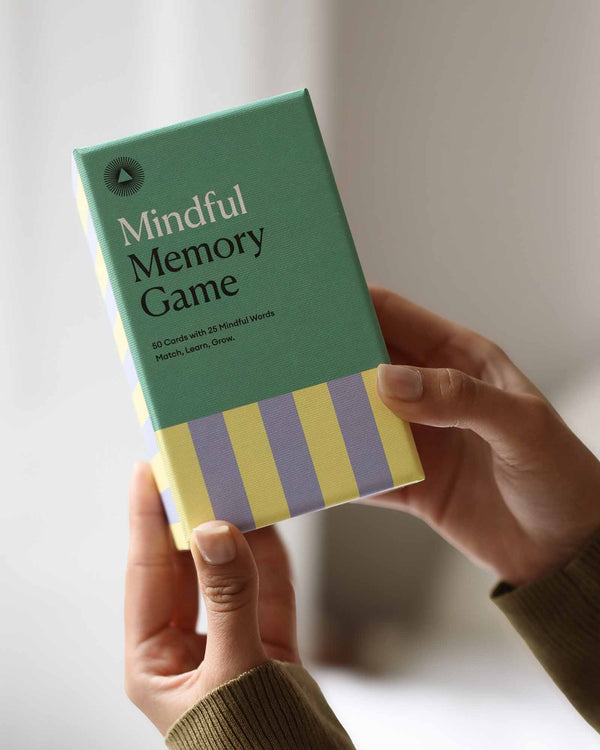How To-Do Lists Help You Stay Organized
by Intelligent Change
Despite a variety of digital tools and never-ending tips on how to hack productivity and get things done, staying on track with our tasks and commitments can sometimes be challenging. While trying to keep up with the latest trends, we may forget how simple and helpful authentic solutions can be.
Enter: the to-do list.
Do you write down to-do lists? If yes, do you know how to get the most of them by integrating them into your other productivity practices? And, if not, you may change your mind after we tell you about the Zeigarnik phenomenon and the many more psychological benefits of relying on to-do lists.
The Biology Behind To-Do Lists: The Dopamine High
Are you familiar with the excitement you get after winning a game round? The kind of excitement that makes you crave another round? Something similar happens with to-do lists. Our brains associate crossing an item out the to-do list with winning, which gives your brain a dopamine high.
Our brains release dopamine in two types of situations: When we expect something good to happen (like an achievement or reward) or when we want to avoid something bad. Both involve the experience of stress, be it the positive or the negative kind.
Successfully passing an exam or job interview, winning the board game, or crossing off an item on our to-do list gives us the first kind of dopamine high.
But that’s not everything to-do lists can do for us––they can also help with anxiety. Knowing that there is a lot on our plate can make many of us anxious, stressed, overwhelmed, and even burned out. According to a study conducted by professors Masicampo and Baumeister in 2011, making plans to complete all our tasks is often sufficient to set us free from anxiety.
To-do lists are more than simple reminders of what needs to be done. They have the power to influence our brain chemistry, helping us feel calmer, more focused, and more efficient.
The Psychology of To-Do Lists: The Zeigernik and Expert Effects
Why are to-do lists so powerful? How does our brain interpret making a to-do list, and why does it tend to optimize our behavior for efficiency? Besides dampening the anxiety triggered by our task load, to-do lists provide us with structure. As an outlined plan replaces chaos, we start feeling more in control of our time and actions.
Science has shown that we have limited access to our working memory. We can access between five and nine elements in our memory simultaneously but, if we need to do more, we have to rely on other strategies to stay productive.
The Zeigernik Effect
Now, a short trip back in time to illustrate these strategies a bit better.
Back in 1927, Bluma Zeigernik, a young Lithuanian psychologist and psychiatrist, conducted the first-ever experiments that unintentionally revealed the effects to-do lists have on our minds.
The inspiration came from observing the waiters in a restaurant. She and her professor, Kurt Lewin, had noticed that the waiters were able to recall customers’ orders only until the customers left the restaurant. Once they delivered the dishes and served the bill, they forgot the orders they had previously memorized.
Bluma Zeigernik then performed a series of experiments to understand this phenomenon better. She concluded that people experience a certain level of psychological tension when working on a task. This tension makes the information about the task easily accessible, even if the task is interrupted by an unrelated event.
This is the type of tension to-do lists give us. Once you write down your tasks and you can experience them in a visual way, a certain motivating tension builds up and drives you until the completion of the tasks, even if you’re not continuously working on completing the list.
In Zeigernik’s experiment, students studying in shorter sessions and then switching to different tasks (e.g., another subject or another activity) performed even better than those studying for longer periods with no breaks. This effect was later named the Zeigernik effect, which stands for the impact of ongoing tasks on the quality of memory retention and awareness.
The Expert Planning Effect
What do you consider to be the most significant difference between an expert problem-solver and a beginner? Many people would list education, experience, expertise in the field, general intelligence, or commitment. However, while these are all influential, the most important marker is planning.
According to a series of experiments conducted in 1981 by Sternberg, experts spend a lot more time thinking about the problem and making an action plan compared to novices. Experts define what needs to be done, put the tasks in order, and think about execution. During Sternberg’s experiments, novices spent little or no time planning and went through multiple trial-and-error episodes, while planning reduced the amount of time the experts spent on executing the action.
In conclusion: to-do lists help us keep track of our tasks and, once we are done, they unburden our memory of unnecessary information. They also turn us into expert problem-solvers since having a plan is a job half (or even more)-done.
How Can I Reap the Most Benefits Out of To-Do Lists?
To-do lists are one of the cornerstones of setting achievable goals. You can use them to plan your projects and divide your goals into separate tasks and those tasks into actionable steps.
If a list has too many items, you can try to see which entries can be grouped into units that are mutually related. Tasks that are related to each other or happen in similar locations can be grouped together.
You can also have yearly and quarterly to-do lists that align with your weekly and daily ones.
Here is a simple trick: since ticking off an item from the list gives you an instant dopamine boost, the first item you put down can simply be “making a to-do list.” Once you finish making the list, scratch it off and proceed with your tasks.
To-do lists work as visual reminders of your goals and tasks. They are important because they unload your memory system and serve as external memory, while also reminding you at any given moment what the next step you need to take is. They also provide you with structure and the necessary motivation to keep going.
Visualization and visual cues help decrease distractions and, if your to-do list is well-organized, clean, and attractive to look at, it will bring positive feelings and additional motivation.
Productivity Tools to Power Your To-Do Lists
You can easily integrate your daily and weekly to-do lists with The Productivity Planner. It's a Focus Time Technique-powered planner that makes it easier to accomplish your tasks.
The Productivity Sheets help you focus on the most important tasks of the day. They are tear-out sheets that also support your notes, scribbles, and creative ideas that may pop in along the way.
To-do lists should also be visible. After all, if something is out of sight, it’s out of mind. Our Productivity Planner Cards and a range of Productivity Desk Pads is designed to give you a full planning and organization experience: you can use its tear-out pages to track your schedule, daily tasks, habits, and moods. The ‘notes’ section is perfect for daily reflection and creative brainstorming as well.
Finally, you may want to use the Quarterly Productivity Planner for your long-term goals and plans. This helpful tool is designed to help you keep your aspirations, intentions, and long-term goals in sight.
Also, here are some tips on what you can do with your to-do lists to reap the most out of them.
Set Your Priorities
Barry Schwarz, author of The Paradox of Choice, explains in his book and popular TED talk that it is more difficult for people to make decisions when they have a large number of choices. Additionally, having too much choice can leave you feeling dissatisfied. The same is true for your task list. The more tasks you have, the harder it will be to get actual work done. It’s time you start prioritizing what needs to get done. Not sure how? Don’t worry; we’ve got you covered with these five questions to prioritize better and reach your goals quicker.
Estimate Your Capacities
The number of daily tasks to complete shouldn’t exceed your capacities. Also, remember to make time for rest, self-care, and quality time with your loved ones. Write down your most important task for the day in your Productivity Planner, and then list as many additional tasks as you think are realistic to achieve in a day without putting too much pressure on yourself. This is why there are a maximum of 5 tasks in our productivity tools—to help you get the most important tasks done and make you feel accomplished, not paralyzed.
Keep Things Simple
The to-do list should serve as a simple reminder of what needs to be done, so don’t overwhelm it with details. The productivity tools like sheets and desk pads are there to give you space to dive into details and create actionable steps.
Assign Due Dates
Whenever possible, add the due date (or time) to an entry on your to-do list. This will keep you accountable and will help you to have better time management.
At first glance, planning and to-do lists may seem counterintuitive, the opposite of creativity and spontaneity. But to-do lists give us the structure and system we need in order to think creatively, enter the flow state, and optimize our time. Having a to-do list can increase our tolerance for uncertainty and unpredictability and help us stay mindful when we feel things are getting a bit chaotic.
You can easily integrate your to-do lists into a broader productivity schema with the help of the right tools and set yourself free from constant time and task calculations. Good planning will help you focus on those things that are most important and relevant to you.









